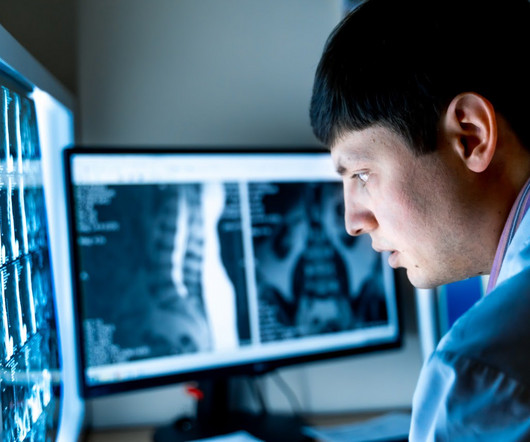PACS: Diminishing the Distance and Enabling the Real-Time Services in Teleradiology
Cloudex Radiology
FEBRUARY 21, 2021
PACS – Picture Archiving and Communication System; a system involved in acquiring the medical images, transmission, viewing, storage, and retrieval of same images. The fundamental parts of PACS are – imaging acquisition, display workstations, archive servers.












Let's personalize your content